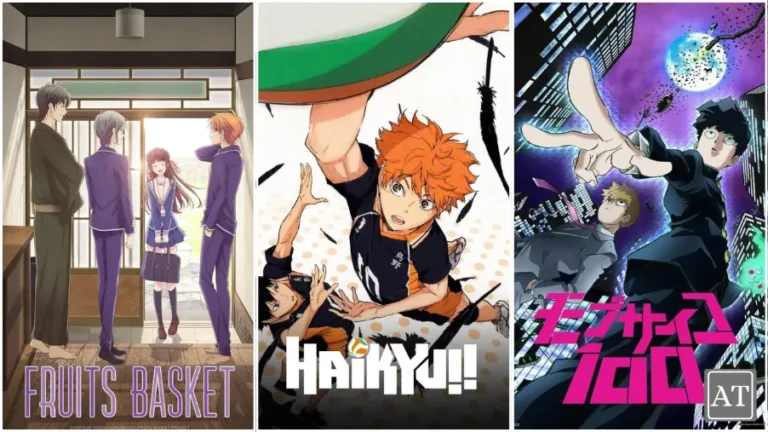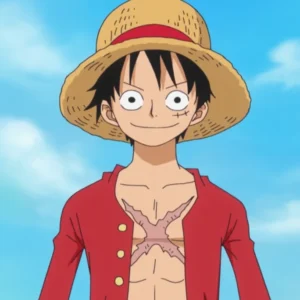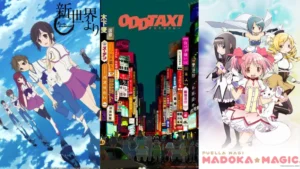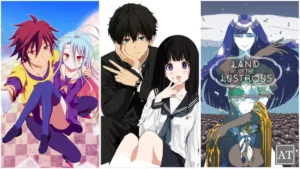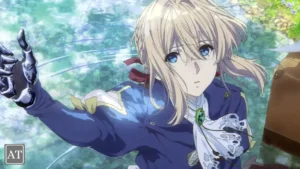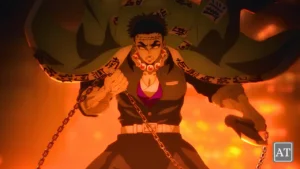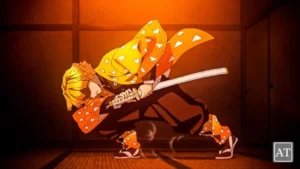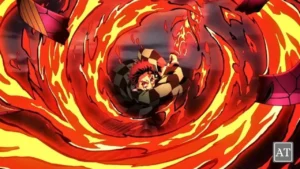Do you remember the first time you mastered something that once felt impossible—maybe tying your shoelaces, beating that stubborn video-game boss, or finally riding a bike without training wheels? That tiny spark of “Wow, I’m different now!” lives at the center of every great story and, especially, every great anime.
Some shows wow us with laser beams and giant robots, but the ones we keep close to our hearts? Those are the series where characters change, stumble, learn, and ultimately grow—just like we do. Today we’re sharing the Top 9 Anime with the Best Character Development, picked for how deeply their heroes’ journeys can inspire kids, teens, parents, and even that grumpy uncle who pretends cartoons are “only for children.”
As we dive in, I’ll sprinkle in my own missteps and “aha!” moments, because stories connect best when they meet real life. Ready to see which fictional friends might help you level up next? Let’s press play.
Why Character Development Matters
Search data shows “best character development anime” spikes every new season. Why? Because deep down, we know explosions fade, but emotional change sticks. A hero’s arc helps us:
- See Ourselves – When shy Mob learns to voice feelings, shy viewers whisper, “Me too.”
- Test Values Safely – Watching Eren question everything lets us explore tough ideas without risking real-world fallout.
- Grow Empathy – Understanding Thorfinn’s rage softens how we judge anger in classmates, co-workers, or even ourselves.
Think of character development as the GPS inside a story. Without it, cool visuals get us nowhere.
What Makes an Anime Character Arc Truly Great?
- Clear Starting Point – We know who the character is before the storm hits.
- Meaningful Obstacles – Problems aren’t random; they poke at weaknesses like uncomfortable truths.
- Visible Change – By the end, choices, faces, even postures shout, “I’m not who I was.”
- Echoes for the Audience – The growth raises questions we can apply at school, work, or home.
Keep these lenses handy as we explore the shows below. Notice how each series nails these four fundamentals.
#1 Fullmetal Alchemist: Brotherhood – From Guilt to Grace
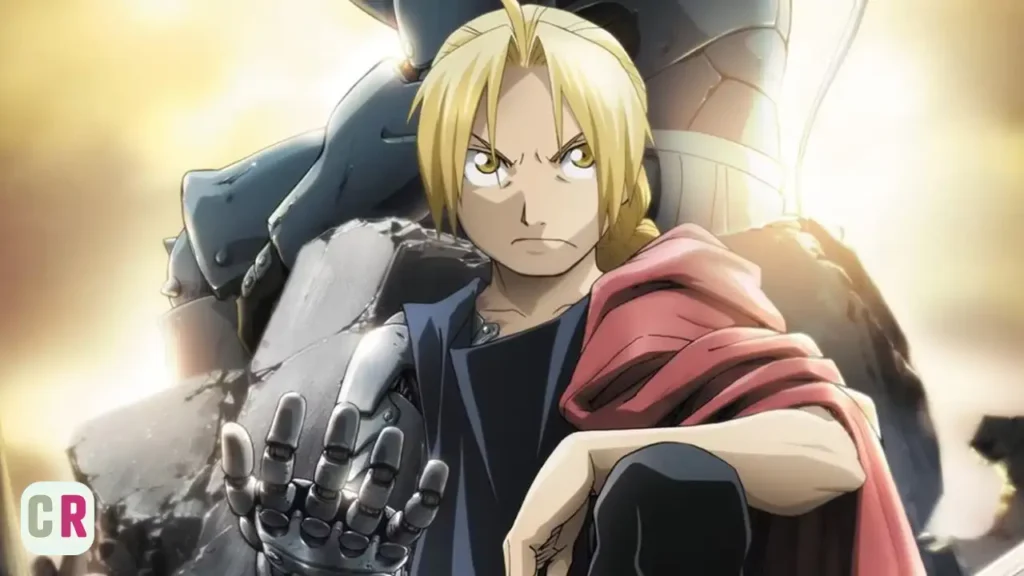
When I first watched the Elric brothers chase the Philosopher’s Stone, I was a new college student terrified of failing chemistry. Ed and Al botched a different kind of experiment—trying to resurrect their mom—and paid a fearsome price. Their missing limbs mirrored my own missing confidence.
Edward & Alphonse Elric: Learning the Price of a Soul
- Start: Cocky prodigies who think science bends for them.
- Obstacles: War, moral gray areas, and the humbling truth that shortcuts cost more than they save.
- End: Young men who value life’s imperfections over perfect illusions.
Personal “aha!” – Ed’s refusal to sacrifice innocent lives for his own goals reminded me to stop cramming for exams by skipping meals. Health first, triumph later.
Why it works: Every triumph feels earned, and secondary characters (Scar, Mustang, Winry) grow alongside the brothers, creating a ripple effect of change.
#2 Hunter × Hunter – Kindness, Killers, and Coming-of-Age
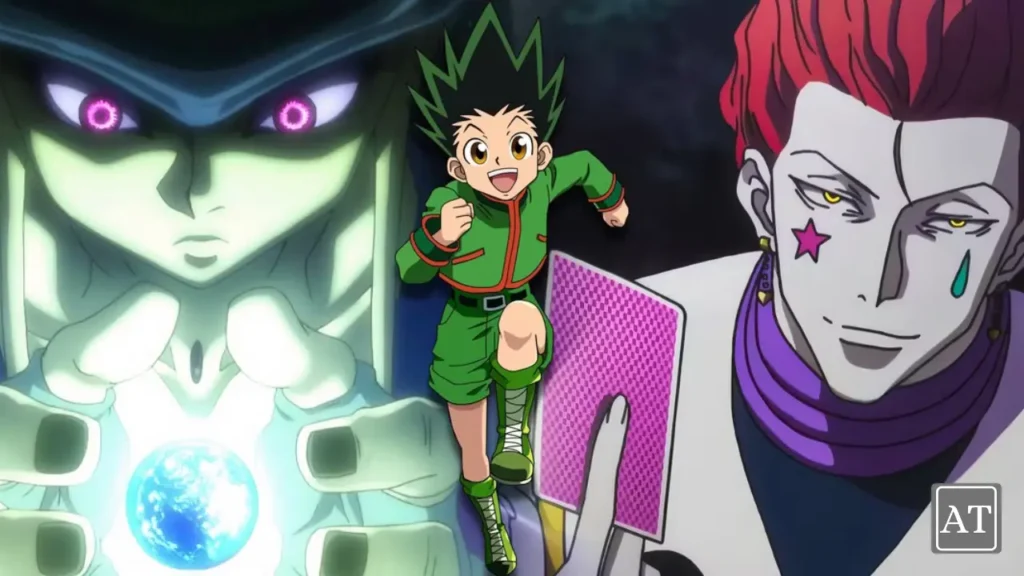
On the surface, Hunter × Hunter looks like a bright adventure romp. Dig deeper and you’ll find a layered examination of innocence in a brutal world.
Gon & Killua: Friendship Tested by Darkness
- Start: Gon—sunshine in shorts. Killua—assassin hiding loneliness under sarcasm.
- Obstacles: Psychopathic villains, mental breakdowns, moral crossroads.
- End: Gon learns rage can corrupt; Killua chooses compassion over family legacy.
Relatable struggle: Remember the first time you realized adults don’t have all the answers? Gon’s shattered hero-worship of his father echoes that moment.
Culture note: Series creator Yoshihiro Togashi laces Nen powers with Eastern philosophy, teaching that true strength aligns body, mind, and heart—not just fists.
#3 Fruits Basket (2019) – Healing the Invisible Scars
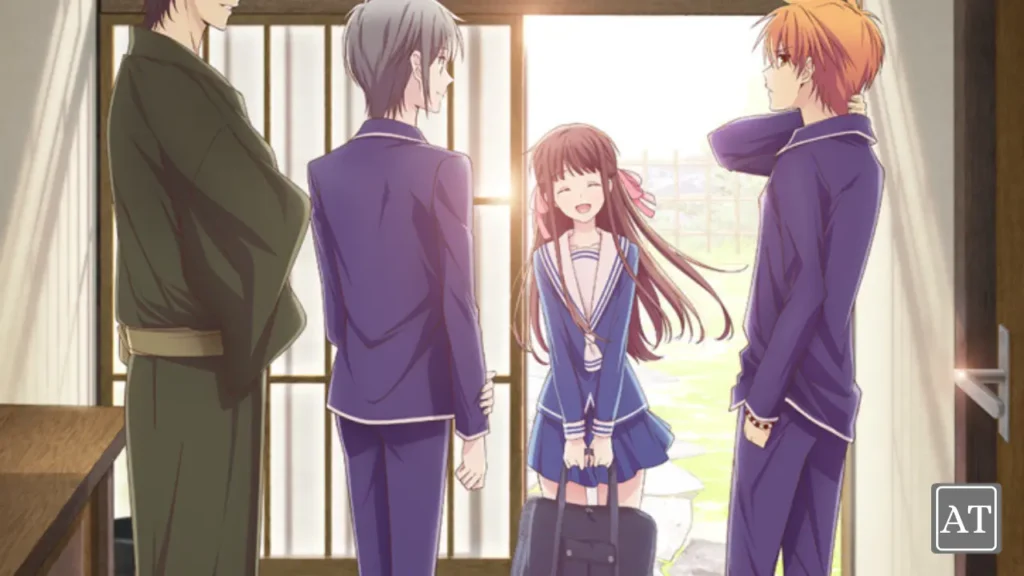
If anime were weather, Fruits Basket would be a gentle spring rain that slowly turns weeds into blossoms.
Tohru & The Zodiac: Chosen Family over Curses
Each Zodiac member battles self-loathing spawned by abuse or neglect.
- Start: Tohru is sweet but self-erasing; Zodiac teens hide pain behind anger, vanity, or jokes.
- Obstacles: A centuries-old curse and a family head who weaponizes fear.
- End: Collective healing as bonds replace chains.
Personal anecdote: I grew up tiptoeing around a relative with unpredictable moods. Watching Kyo accept love despite his “monster” label felt like a warm blanket over an old bruise.
Educational angle for kids: Demonstrates healthy boundaries and the courage to ask for help.
#4 Attack on Titan – Ideals Shattered, Identities Forged
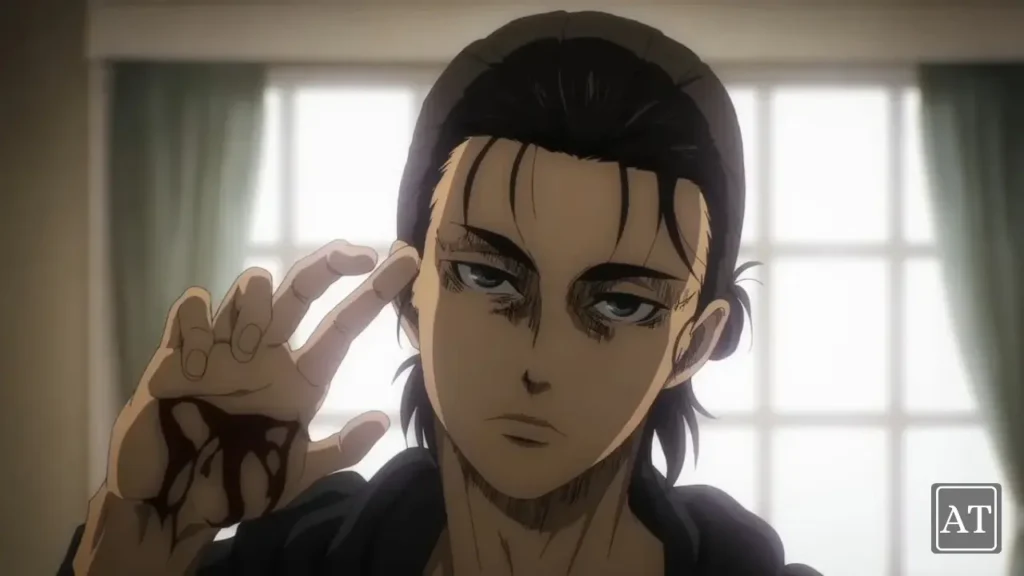
Sometimes growth looks ugly. Attack on Titan asks, “What if the hero you cheer becomes the villain you fear?”
Eren Yeager: From Hopeful Kid to Haunted Adult
- Start: A boy who just wants freedom for his friends.
- Obstacles: Genocide, political lies, and the burden of inherited memories.
- End: A man making horrific choices to protect a fragile dream.
Watching Eren forced me to evaluate my own “ends justify the means” moments—like stepping on someone’s idea in group projects just to finish faster. Spoiler: That never felt good later.
Why it resonates: Secondary arcs (Armin, Mikasa, Historia) reflect different responses to trauma, letting viewers see multiple coping paths.
#5 Mob Psycho 100 – Power Meets Puberty
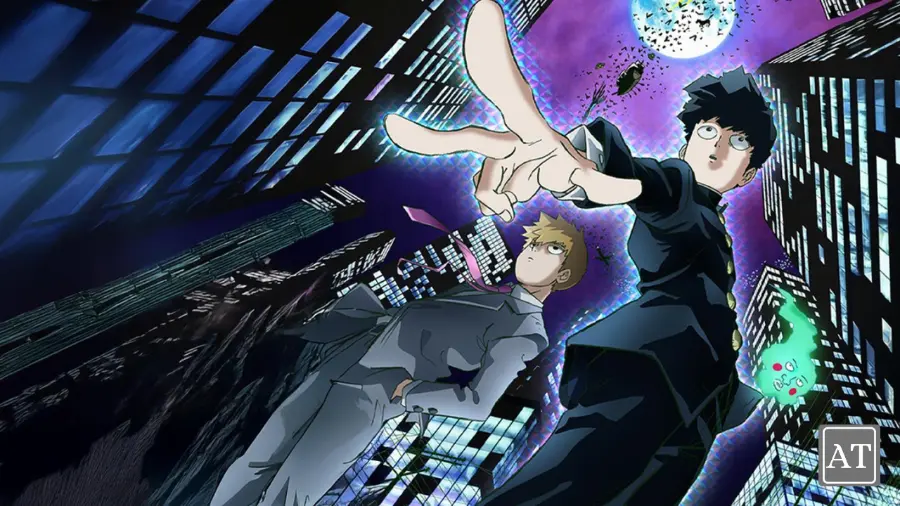
Imagine hitting middle school with psychic abilities capable of leveling cities. Now imagine you’d rather just fit in.
Shigeo “Mob” Kageyama: Emotions > ESP
- Start: Anxious teen suppressing feelings to avoid hurting others.
- Obstacles: Evil espers, manipulative adults, and bottled-up emotions.
- End: A young man who values emotional honesty over raw strength.
Laugh + learn factor: The show’s wild humor makes tough lessons about self-worth go down easy—like hiding broccoli inside mac & cheese.
Kid-friendly tip: Perfect entry point for viewers 10+; violence is flashy but not graphic, and morals are crystal clear.
#6 Vinland Saga – A Viking’s Search for Meaning
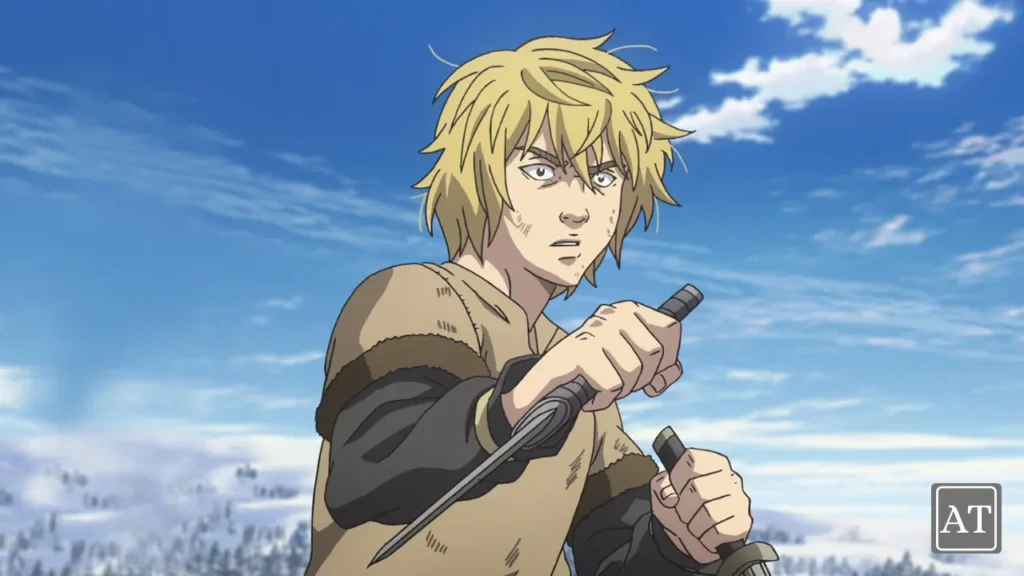
Swords clang, oceans roar, and teenage Thorfinn swears revenge on the man who killed his father. Classic, right? Except this story dares to ask if revenge is just another chain.
Thorfinn: Revenge to Redemption
- Start: Grief-drunk boy living only to kill.
- Obstacles: Years of mercenary battles, slavery, and dreams haunted by victims’ faces.
- End: A pacifist forging a colony built on peace, not plunder.
Adult reflection: Vinland Saga hit me hardest after losing my own dad. Thorfinn’s journey reminded me grief can either close your fist or open your hand. I chose the latter; this article is part of that open hand.
Historical insight: Loosely based on real Viking sagas, offering teachable moments about exploration, trade, and cultural clashes.
#7 Haikyuu!! – Jump Higher, Grow Taller Inside
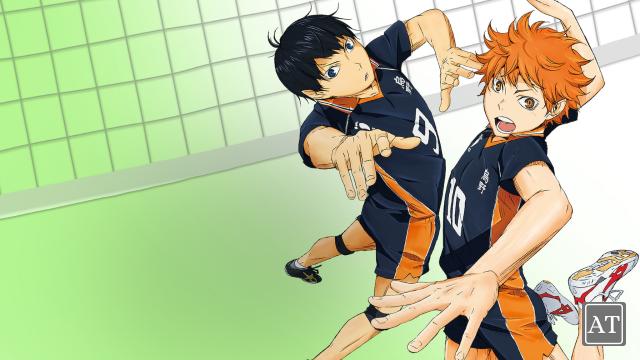
Raise your hand if you’ve been told you’re too small, too slow, or just not the type. Haikyuu!! turns those limiting words into fuel.
Hinata & Kageyama: Rivalry that Nurtures Respect
- Start: Hinata—short but springy. Kageyama—genius setter with zero people skills.
- Obstacles: Personal egos, stronger teams, and the dreaded “You can’t.”
- End: Duo evolves from bickering to synchronizing like heartbeat and breath.
Why kids love it: Shows progress as tiny, measurable wins—jump an inch higher today; serve one more ball tomorrow. It’s goal-setting 101 disguised as sports hype.
#8 Naruto – Bonds, Loss, and the Courage to Change
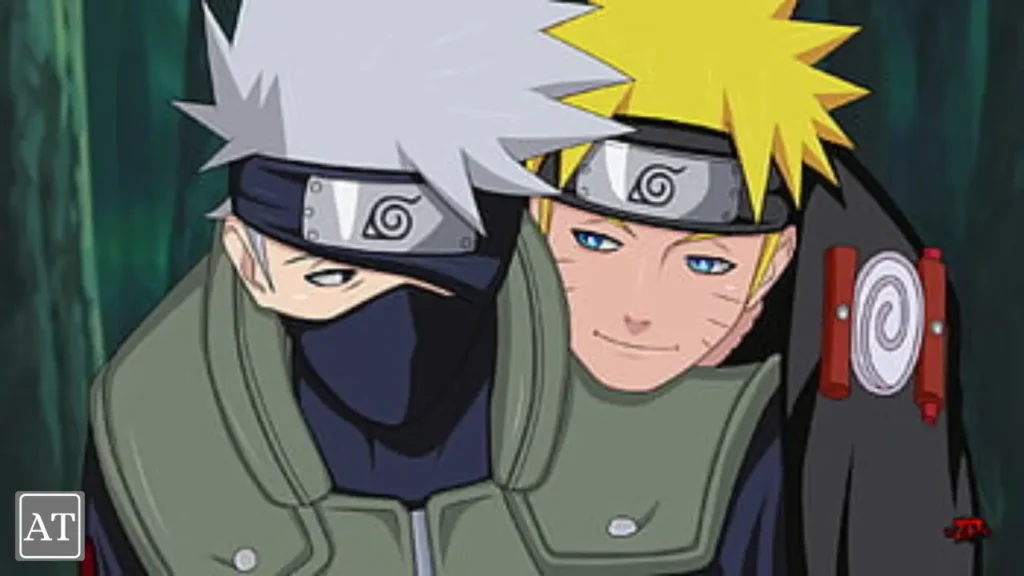
When I first met twelve-year-old Naruto Uzumaki, I was the shy kid at school who ate lunch in the library. Seeing a loudmouthed outcast chase the title of Hokage sparked a rebellious, hopeful drum in my chest: Maybe misfits can become leaders too.
Naruto & Sasuke: From Lonely Kids to Living Legends
- Start:
• Naruto—ignored prankster masking pain with jokes.
• Sasuke—lone prodigy frozen by the trauma of losing his clan. - Obstacles: Missions gone wrong, prejudice, the temptations of power (Curse Mark, Akatsuki), and a rivalry that sometimes feels more like fate’s tug-of-war.
- End: Two adults who finally understand that true strength blossoms not in solitude but in community—whether that’s a hidden village or the friends who refuse to give up on you.
Relatable struggle: Nearly every viewer has felt unseen or compared to a “genius” peer. Naruto screams, “Believe in yourself!” while Sasuke whispers, “It’s okay to come home.” Together they teach balance between ambition and belonging.
Why it works: Side characters (Shikamaru, Hinata, Gaara) enjoy full arcs of their own, showing that growth isn’t a solo sport—it’s a relay race where each baton pass matters.
#9 One Piece – Dreams as Compass, Growth as Crew Currency
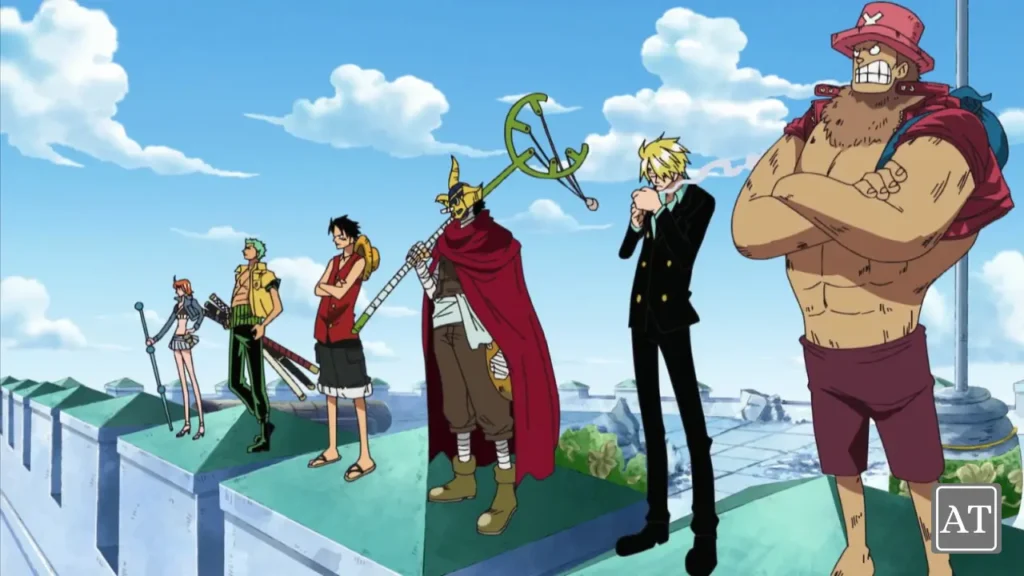
A rubber-limbed pirate chasing an impossible treasure might sound like pure fantasy, yet One Piece delivers some of the most methodical, satisfying character development in all of fiction—animated or otherwise. I binged Arlong Park during exam week and still passed; that’s how magnetic Luffy’s promise to Nami felt.
Monkey D. Luffy & Crew: Level-Ups Across 1 000+ Episodes
- Start: Luffy gathers a ragtag crew of dream-chasers—Zoro wants to be the world’s greatest swordsman, Nami dreams of mapmaking every sea, Usopp craves courage, etc.
- Obstacles: Tyrannical warlords, corrupt governments, heartbreaking flashbacks (raise your hand if Nico Robin’s “I want to live!” made you ugly-cry), and the Ocean itself.
- End… so far: Time-skip transformations, deeper bonds, and a shared vow to topple injustices bigger than any single treasure chest. Growth is continuous; even 20-year fans still witness new layers unfolding.
Personal anecdote: In my first job, a mentor quoted Luffy’s line, “If you don’t risk your life, you can’t create a future.” It pushed me to submit a bold project pitch that reshaped my career.
Why it works: Incremental, believable progression. Each island arc spotlights a different Straw Hat, ensuring everyone gets a turn at the emotional wheel—proof that long stories can stay fresh when character growth steers the helm.
How to Choose Your Next Growth-Inspired Anime
- Match Mood: Need comfort? Pick Fruits Basket. Crave adrenaline? Attack on Titan or Vinland Saga.
- Episode Commitment: Mob Psycho and Haikyuu!! have lighter, 24-episode seasons; Vinland Saga asks for deeper binge energy.
- Age Range: Under 12—start with Haikyuu!! or Mob. Teens and adults—any title, but note Attack on Titan’s graphic scenes.
- Learning Goal: Want to discuss ethics, science, or mental health? Use Fullmetal’s alchemy, Hunter × Hunter’s morality, or Fruits Basket’s therapy-friendly themes.
Pro Tip for Parents & Teachers: Watch the first two episodes together, then pause to ask, “How did the main character feel different at the end of the episode?” You’ll be amazed by the conversation that follows.
Final Thoughts
Great character development is more than a plot device; it’s a mirror. When Edward trades arrogance for humility, we see our own pride wobble. When Thorfinn lays down his sword, maybe we lower our voice in an argument.
So, next time life feels stuck, remember these nine shows. Hit play, watch someone else wrestle with fear, anger, or doubt—and borrow their courage. After all, if animated ink and pixels can grow, so can we.
FAQs
1. Which of these anime is the shortest to finish?
Mob Psycho 100’s two main seasons total just 25 episodes, perfect for a weekend marathon.
2. Is Attack on Titan too scary for kids?
Yes for younger kids. Titans eat humans, and themes get heavy. Recommended for 15+ or with adult guidance.
3. Does Fruits Basket (2019) remake the older 2001 series?
Yes. The 2019 version adapts the entire manga with modern visuals and the full ending, making it the definitive edition.
4. Can I enjoy Haikyuu!! if I don’t understand volleyball?
Absolutely! The rules are explained naturally, and the emotional beats land even if you’ve never served a ball.
5. Where can I stream these titles legally?
Fullmetal Alchemist: Brotherhood (Crunchyroll/Hulu), Hunter × Hunter (Netflix/Crunchyroll), Fruits Basket (Crunchyroll/Funimation), Attack on Titan (Crunchyroll/Hulu), Mob Psycho 100 (Crunchyroll), Vinland Saga (Netflix/Prime Video), Haikyuu!! (Crunchyroll/Netflix).
6. Isn’t One Piece too long to start now?
Think of it as a library of mini-arcs. Watch an island, pause, celebrate, then sail on when you’re ready. Many fans spread it over months and still feel the magic.
7. Where should I begin with Naruto—original or Shippuden?
Start with the original Episode 1 to bond with the characters. You can then skip most “filler” before jumping into Shippuden for the heavier arcs.

